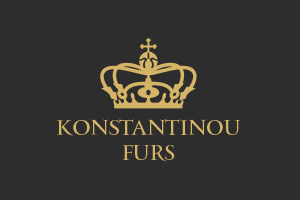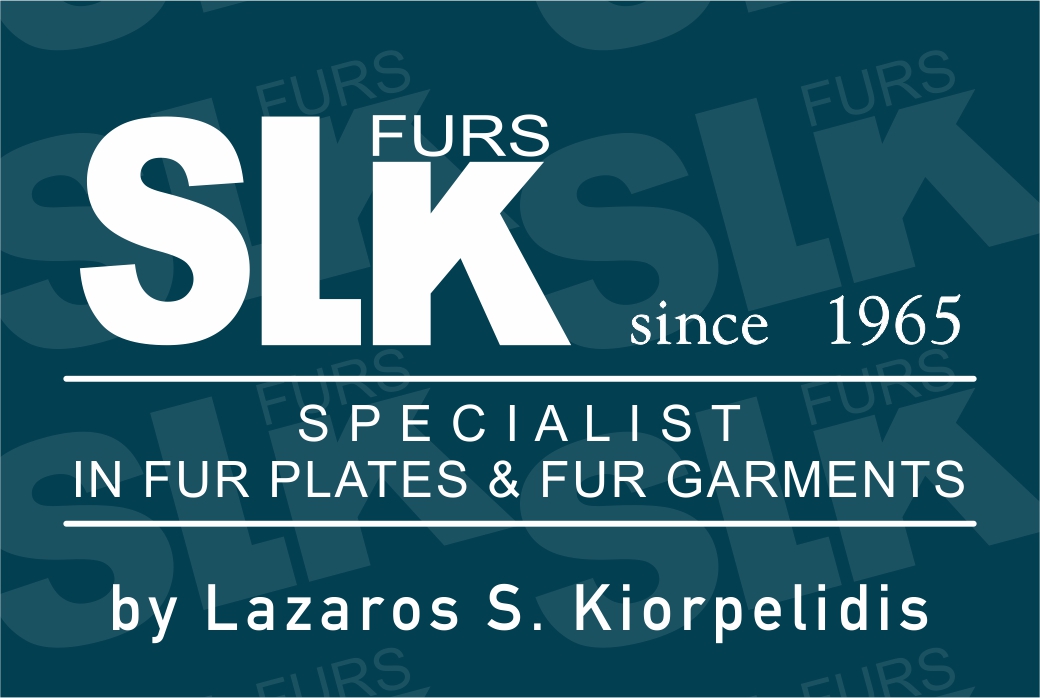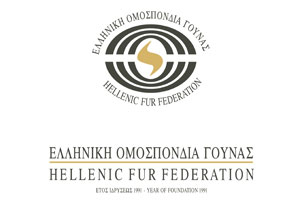History of Fur
The art of fur is inextricably linked to the region of Kastoria, since the years of Ottoman acquisition, counting five centuries of dynamic presence, becoming a turbocharger of the local economy and a catalyst for economic and cultural development.
Significant commercial activities that Kastorians furriers developed in major urban centers of the Eastern Mediterranean and Western Europe, have given them influence and power beyond the economic one, thus fulfilling a major social contribution to the survival and development of Hellenism.
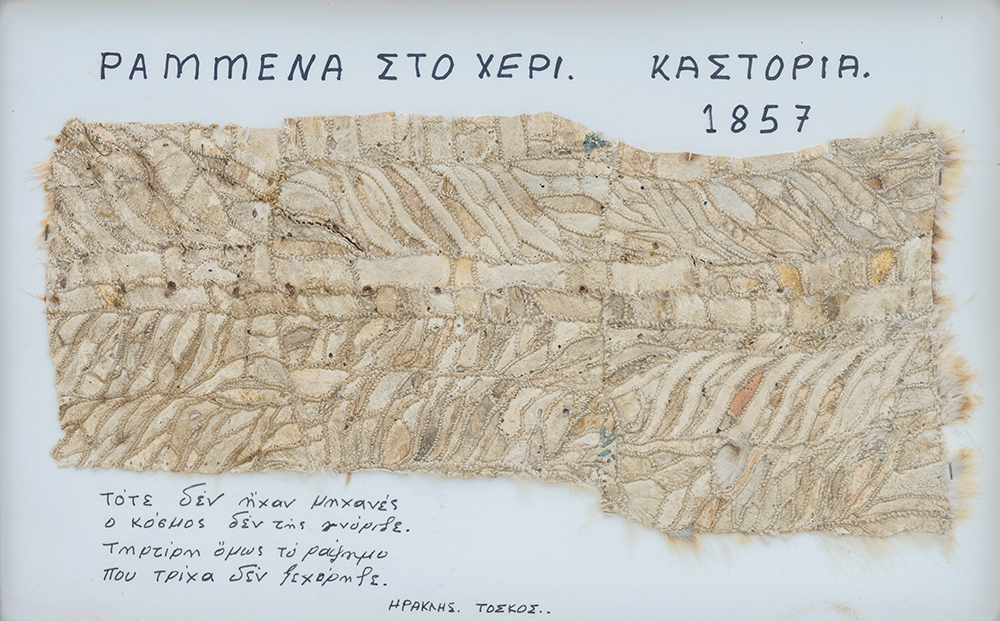
In Istanbul, big commercial center of the Ottoman Empire, the work of the guild of furriers is mentioned in the patriarchal Vespers with the address "for the blessed guild of furriers', since both the Ecumenical Patriarchate of Constantinople and the Patriarchate of Jerusalem repeatedly received financial assistance from it.
It is undeniable that the "Roufetion of Gounaraion(Furriers)" was the strongest of all City unions/guilds, particularly in the 17th and 18th century with significant funding for the construction and operation of dozens of Greek schools, the reconstruction of destroyed temples, maintenance and supervision of the monasteries and the promotion of many other public/social works.
The handicraft industry of fur in Kastoria has a tradition of about 500 years old but is very likely that Kastorians were processing fur skins from time immemorial as the morphology of the region had rich wildlife and an abundance of games. Of course, historical data show that current knowhow of the fur’s processing, was developed from Kastorians, who worked in Istanbul and moved it to Kastoria due to the lake and the abundant water their tanning industry was possible too.
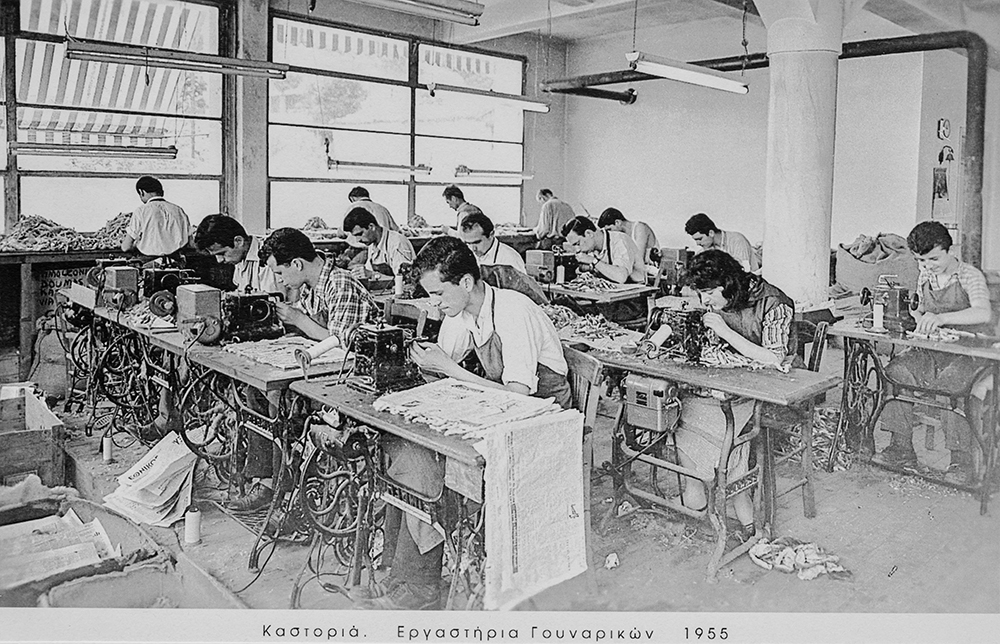
With the liberalization of trade between the Ottoman State and Central Europe the furriers of Kastoria developed in parallel trade relations with countries outside the Ottoman Empire, especially with new markets such as Venice, Trieste, Leipzig, Paris, London and later in New York. The largest community after the Second World War was created in America with a focus on New York and in Europe with a focus on Frankfurt and Paris.
Historical Review of Kastoria International Fur Fair
Kastoria International Fur Fair is been organized in the city of Kastoria since 1976 with 134 Exhibitors and 80 stands.
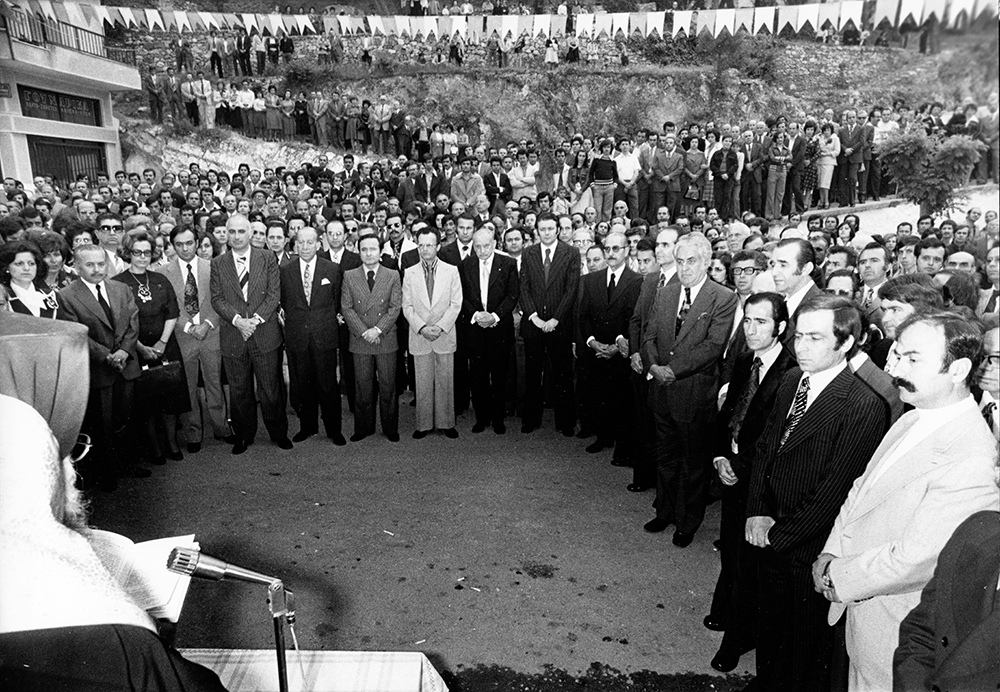
The first Exhibition was inaugurated on 22-5-1976 in the Cultural Center of Kastoria, whereas exhibits were presented in 3 other halls of the Fur Club housed in the offices of the Kastorian Fur Association (1, ValalaStr. - Omonia square). The same locations were used also for the 2ndKastoria International Fur Fair held in 1977.
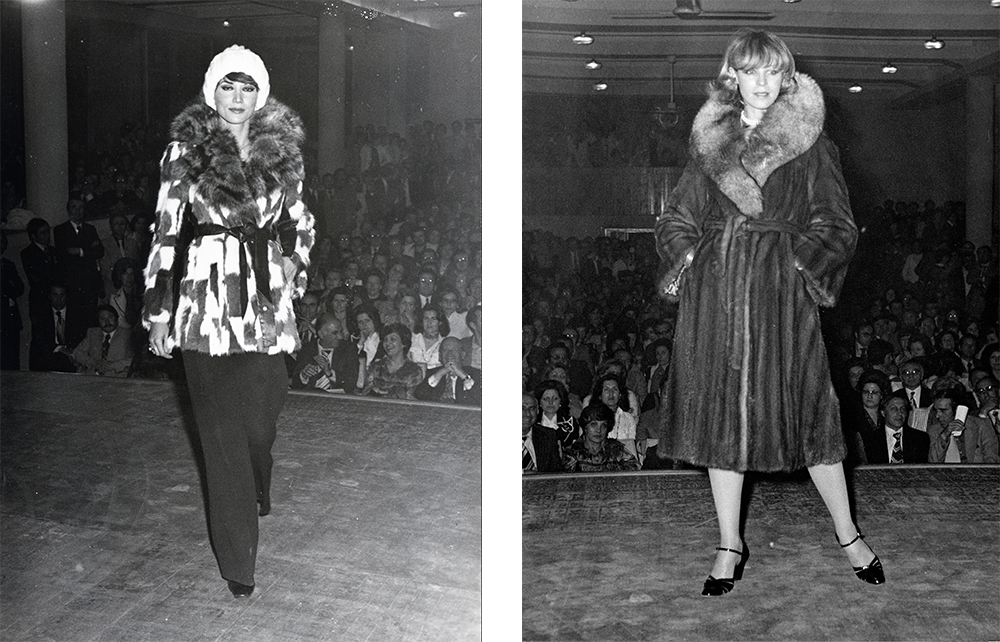
The 1st Fashion Gala, May 1976
From the 3rd Kastoria International Fur Exhibition in 1978 until the 15th Kastoria International Fur Exhibition in 1990, the location changes and is moved to "KASTRA" mansion of ETVA in "Fourka", near Maniaki Area. (the first fair grounds of E.DI.KA S.A.)
From 1991 until 2012 (16th Kastoria International Fur Fair - 37th Kastoria International Fur Fair) the fair grounds of E.DI.KA S.A in Chloe area are used for the needs of the Exhibition.
In 2013 a new, modern Exhibition Center of a total surface of 13.000 m2 is being constructed, in property of the Kastorian Fur Association, in the Industrial Area of Kastoria, due to the increased demand for participation of exhibitors and the Exhibition has now been transferred to a single exhibition area ofEuropean Standards.
Αcting on the basis of the strategy “think globally, act locally” or else “act and thing glocally” the Kastoria International Fur Fair is continuously presenting changes in order to be in line with the fashion style imposed by the new trends internationally. Both it’s name and the Brand Name of the Exhibition have changed, which is now the leader for other actions programmed by the new Administration Board of the Kastorian Fur Association and which well represents the entire fur history, the glamor that has offered all these years but also generally our region, emphasizing in its place of origin.
Therefore, by following Kastoria International Fur Fair and the Kastorian Fur Association the strategy of “Glocalisation”, not only withstood the international competition, (while other Fairs closed), but was established in the minds of the buyers internationally, as a high-quality Fair, offering pleasant shopping, providing direct services and focusing on the customer’s satisfaction.



